
All categories
Featured selections
Trade Assurance
Buyer Central
Help Center
Get the app
Become a supplier

(32097 products available)



























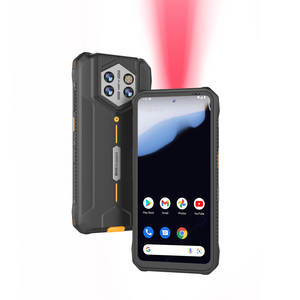
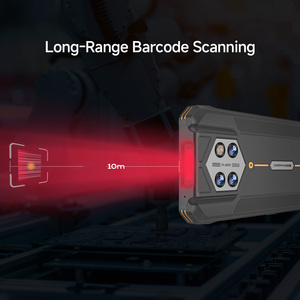
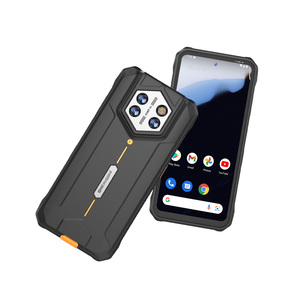
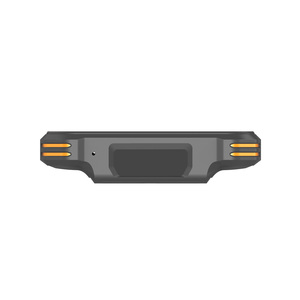

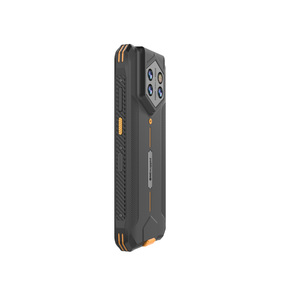



















Rugged Android phones with UHF RFID readers are industry workhorses engineered to function under duress, scanning UHF RFID tags with precision. These devices are optimal for sectors where durability and accurate UHF RFID tag reading are paramount, including manufacturing, logistics, and outdoor endeavors.
Rugged Android phones with UHF RFID readers have multiple types based on RFID frequency:
Rugged handheld terminals with UHF RFID readers are becoming increasingly popular in industries such as logistics, transportation, warehousing, manufacturing, retail, and the supply chain. These rugged mobile phones with UHF RFID readers perform the following key functions:
Inventory Management
Organizations can use RFID technology to track and manage inventory easily. Because workers can scan multiple RFID tags simultaneously with the RFID reader terminal, this can significantly reduce the time it takes to do stock counts. Additionally, using RFID technology to track inventory prevents inventory discrepancies.
Asset Tracking
Companies can use rugged RFID reader terminals to track their assets. The reader can identify and track assets quickly and easily, thereby improving asset management and preventing asset loss.
Supply Chain Management
RFID handheld terminals allow companies to track products as they move through the supply chain. Businesses can improve their visibility in the supply chain and ensure accurate and timely shipments by using RFID technology.
Workforce Productivity
The compact mobile design of the rugged RFID terminal enhances workforce mobility and productivity. Employees can complete RFID scans quickly and accurately, thereby reducing manual data entry processes.
Access Control
RFID technology allows for easy and efficient access control management. RFID readers can identify and verify personnel, allowing for easy and efficient access management in sensitive areas.
Integration with Other Systems
RFID terminals can be easily integrated into existing software systems, including enterprise resource planning (ERP), warehouse management systems (WMS), and other business applications. This integration allows for seamless data exchange and improves overall business processes.
Here are some common features of rugged Android mobile phones with UHF RFID readers:
Applications of a UHF RFID cellphone span numerous industries and show how integral UHF RFID tags have become in enhancing operational efficiency. These applications include;
Inventory Management and Stock Control
A UHF RFID cell phone simplifies procedures for keeping track of tags in shops or warehouses by quickly scanning many tags at the same time. This enables personnel to manage stock amounts, pinpoint tag locations, and monitor tag state, boosting accuracy while saving time and work.
Asset Tracking and Management
Whether in hospitals, construction areas, or offices, UHF RFID cell phones make it easy to identify and follow assets. Scanning UHF RFID tags affixed to assets helps users know where they are, their status, and how they are being used so that businesses can cut losses and make smart decisions.
Supply Chain and Logistics
A UHF RFID reader rugged phone enhances the global movement of products by allowing fast scans of UHF tags to capture important data like details, location, and status in real time. This leads to better management of the supply chain, making it easy to see and control them while increasing efficiency and reducing errors.
Manufacturing and Production
UHF RFID phones improve processes for manufacturing and product assembly by allowing quick verification of UHF RFID tags linked to raw materials, work-in-progress items, and finished products. This promotes accurate tracking of items, quality control, and efficient integration in facilities that use automated production systems.
Workforce Management
UHF RFID cellphone can simplify checks for employee attendance and boosts time management by allowing quick scanning of ID tags worn by staff. This reduces errors in recording and helps businesses monitor work hours and improve productivity.
Retail and Point-of-Sale (POS)
In shops, UHF RFID readers built into mobile phones allow easy and fast item identification, thereby streamlining inventory checks, improving stock replenishment, and boosting efficiency at checkout counters by reducing customer wait times.
Choosing the right rugged Android phone with UHF RFID reader requires careful consideration of various factors to ensure it meets specific business needs and operational requirements.
Here are some tips to buyers who should consider;
Q1 What is the benefit of the UHF RFID reader mobile phone?
A2 The rugged Android phone with a UHF RFID reader can read RFID from a distance. This includes scanning through obstacles, verifying items in transit, and tracking assets. Besides, reading RFID tags at longer distances increases productivity at work.
Q2 Can the RFID reader phone work in cold environments?
A2 Some rugged phones with UHF RFID readers can work in cold environments. This is because they have a UHF RFID wearability that includes fr jackets. The UHF RFID jacket allows people to work in extremely cold areas while scanning UHF RFID tags with ease.
Q3 What type of RFID tags do these phones work with?
A3 The rugged phones with UHF RFID readers work with various RFID tag frequencies. These include low frequency (LF), high frequency (HF) and ultra high frequency (UHF) tags. However, users can only read RFID tags that match the type of frequency in the phone.
Q4 What type of battery do these phones use?
A4 Most rugged phones with UHF RFID readers use lithium polymer or lithium-ion batteries. These batteries offer a better performance and have a higher capacity. Also, they can withstand constant charging cycles without losing capacity.
Q5 How far can the RFID reader phone scan?
A5 The phone can scan RFID tags up to 30 feet away. However, this can only be achieved with RFID tags designed for long-range scanning. Also, the rugged phone needs to have a long-range RFID reader.